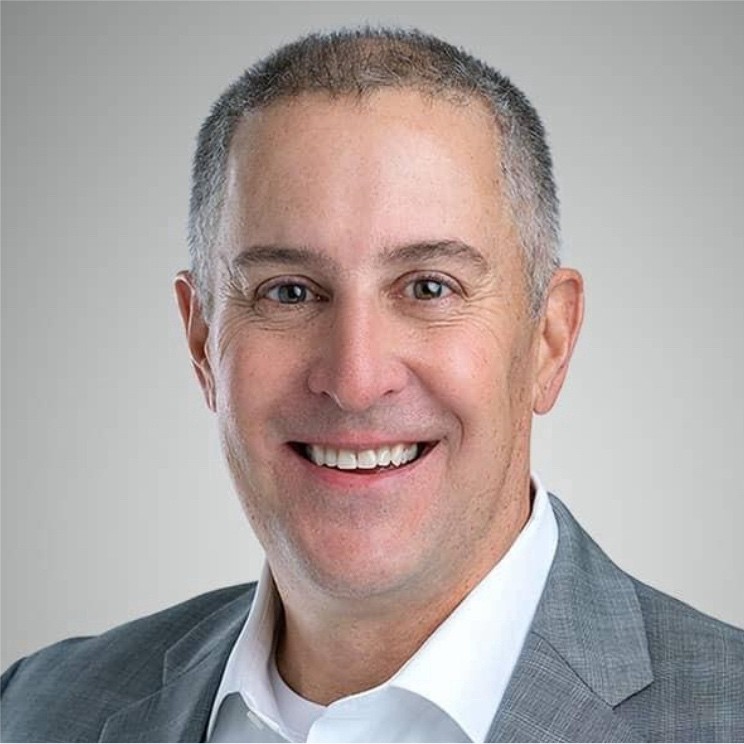Increased adoption
When asked about how reverse mortgage business is going in the first half of the year, Ogata said that he’s happy with the division’s performance and its ability to enlist the company’s forward mortgage professionals to take a closer look at reverse.

“I’d say in the last two or three months in particular, we’ve seen a lot more adoption from our sales force,” he said. “It took us a little bit of time to get things up and running. Self-admittedly, I didn’t really know that much about reverse; I had to learn the business before I could actually go out and sell it. But now, think of me as sort of the go-between for the forward world and the reverse world.”
It took some time to create a flow between the forward and reverse salespeople, but now the larger sales force has grown considerably.
“We started off with a handful of loan officers looking at it, and now we have 900 strong in our sales force who have completed our certification process and are actively out selling the product,” he said.
A ‘UN interpreter’
Pohlmann, who spoke about reverse mortgages last month at The Gathering by HousingWire, added that traditionally, there has been a barrier between dedicated forward and reverse salespeople at the company. Bringing down that barrier is one of the ways the division is moving ahead.
“Traditionally, there have been reverse sales forces, and there have been forward sales forces,” he said. “Ryan has played a critical role in bridging the gap between these two. He’s seen as one of them because of his background in managing large sales teams. He says, ‘Hey, I’m one of you. This is how you position it.’ Ryan helps with the language on how they interact with their consumers and referral partners.”

Pohlmann equated Ogata’s role with that of a United Nations interpreter, helping to provide the delegates with real-time translations in a language they can understand so they’re not lost in important conversations.
“For some forward loan officers, this is a brand-new opportunity,” Pohlmann said. “While many had financial advisers as referral sources, the vast majority did not. Ryan shows them that they can expand their referral sources by adding reverse. … He bridges the two different languages of forward and reverse sales, making the transition smoother for everyone involved.”
No distinguishing
Ogata added that a hallmark of the division’s approach is to avoid consciously dividing forward and reverse salespeople. Having the company’s loan officers sell both sets of products in tandem helps to improve the full slate of offerings, he said, without having needless dividing lines.
“We don’t think of it as someone being either a forward or reverse loan officer,” Ogata said. “We’re trying to get the forward loan officer to think about how they can start selling reverse, because it’s not that difficult. They just have to familiarize themselves with enough of the reverse-specific terminology, and to get an understanding of the mechanics of the program.”
That way, when a customer comes through the door, they can diagnose the need and suggest the right product, whether it’s a forward or reverse mortgage.
When asked about how long the process took for him to become adequately educated about reverse, Ogata said that his assessment leads him to a conclusion that is relatively uncommon for a forward mortgage-first company.
All about the language
“Now that I understand both sides, if I had to be objective about it, reverse is easier than forward,” he said. “I’m from the San Francisco Bay Area and have been a jumbo (loan) guy my entire career up until the last six months or so. It’s a much easier qualification from the standpoint of, not underwriting but qualifying at a high level.”
Instead, the sources of complication come more from differences in specific language than anything else, he said.
“Objectively speaking, I find the forward space to be much more complex than reverse. When you approach it from that standpoint, reverse is really more about understanding the terminology and maybe translating it into forward terms,” Ogata said. “These are not very difficult concepts to grasp. You just have to understand the mechanics of them and translate them so that forward people can pick it up.”







